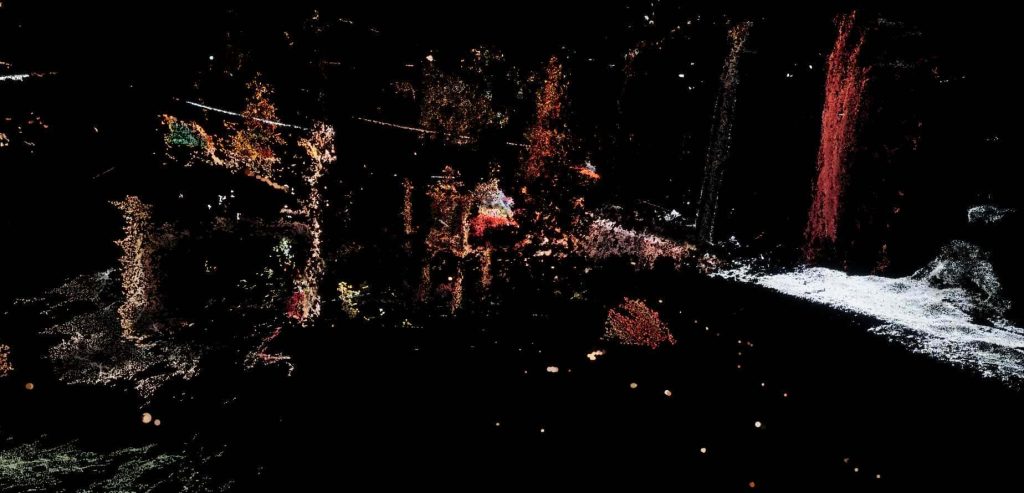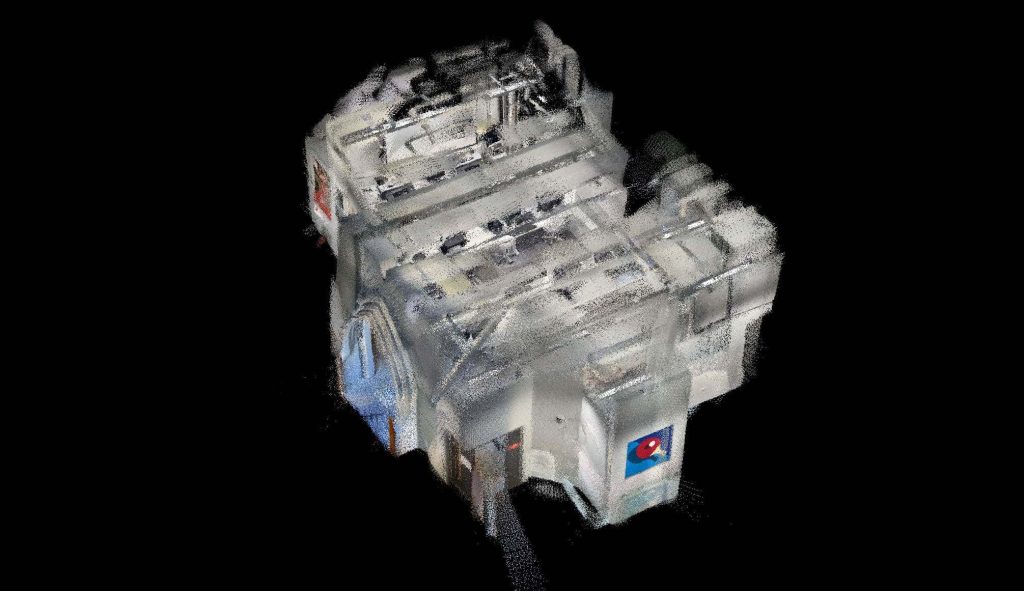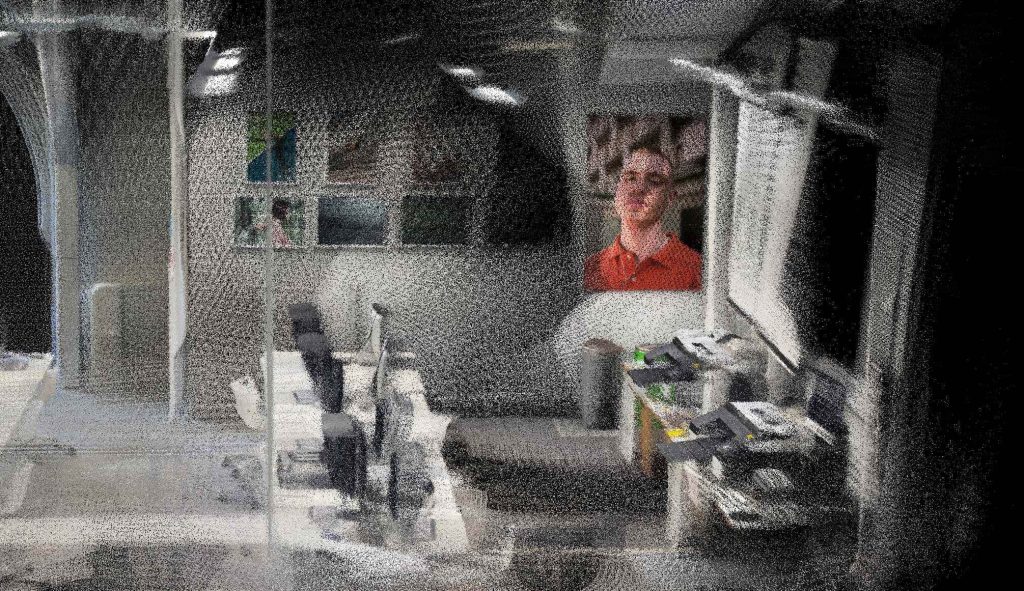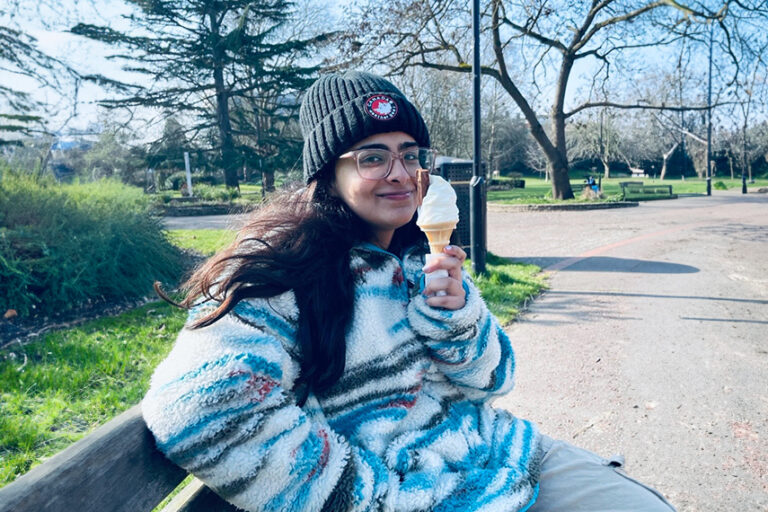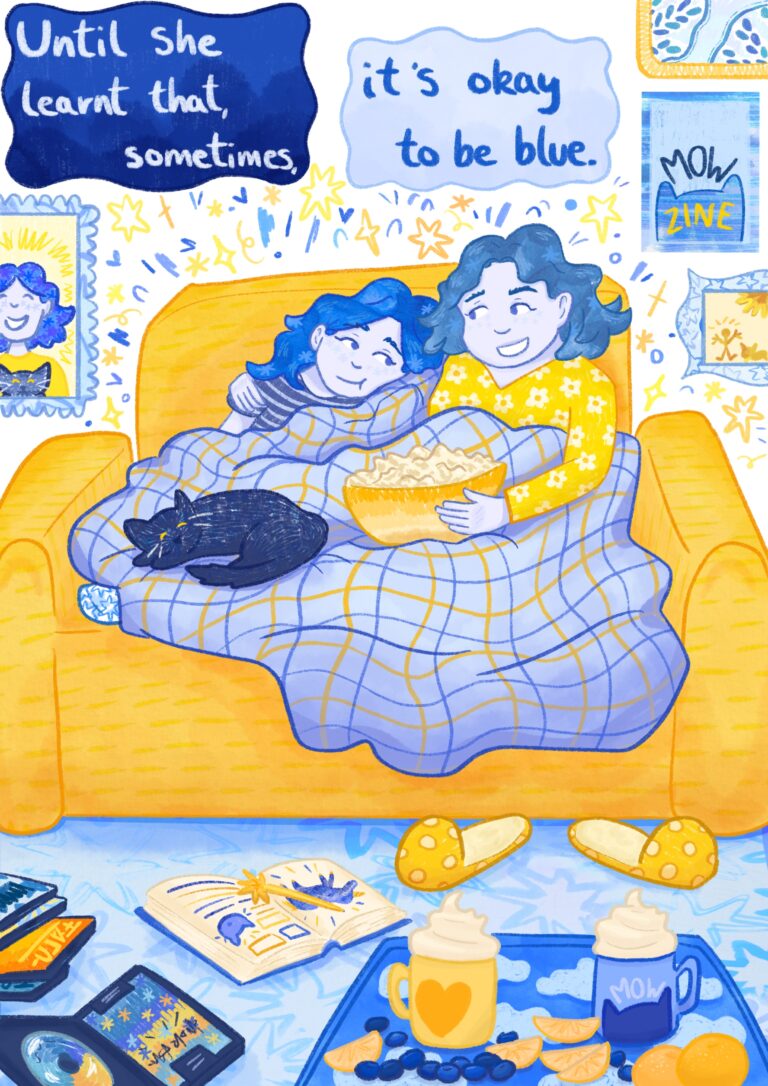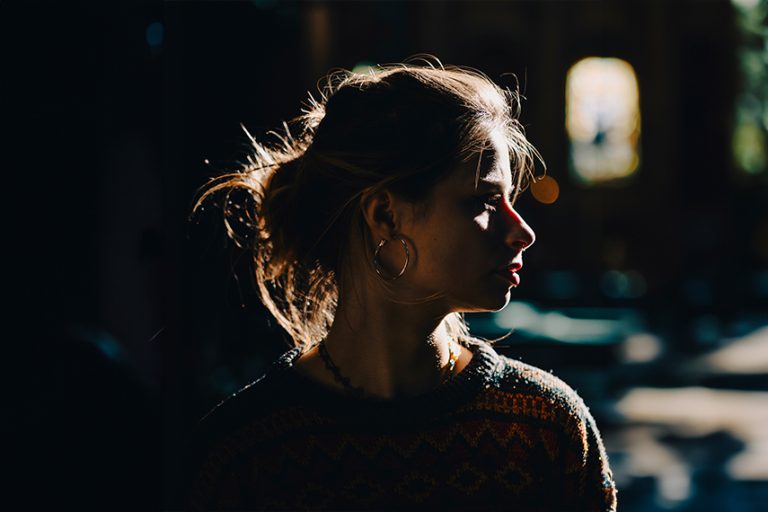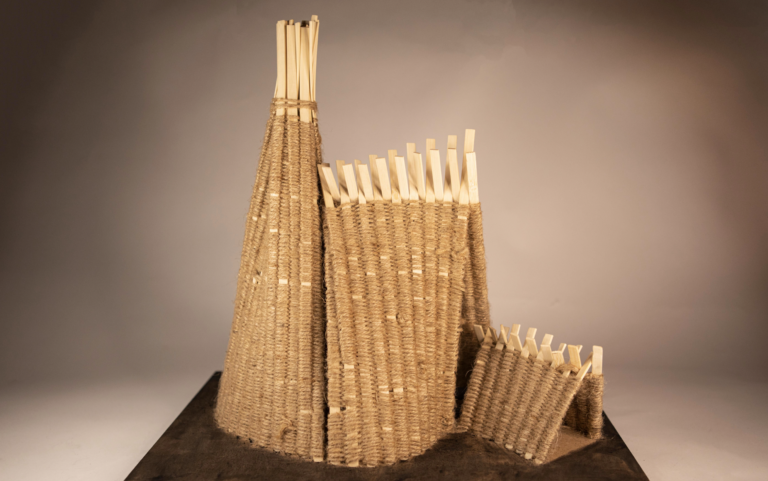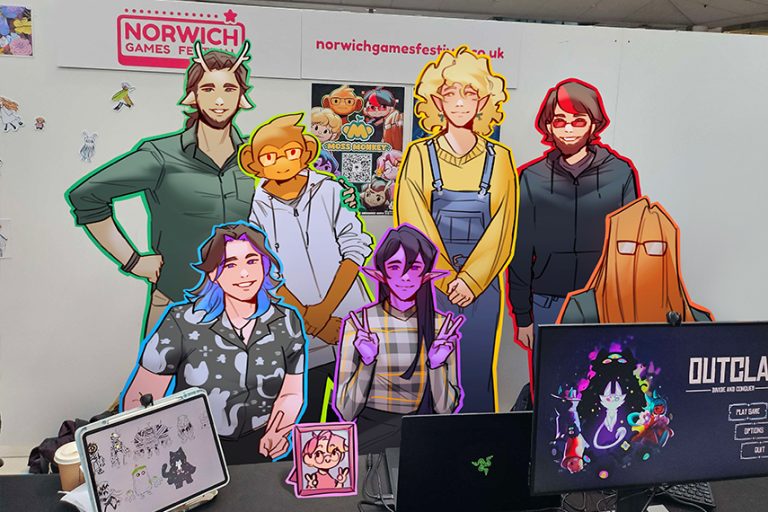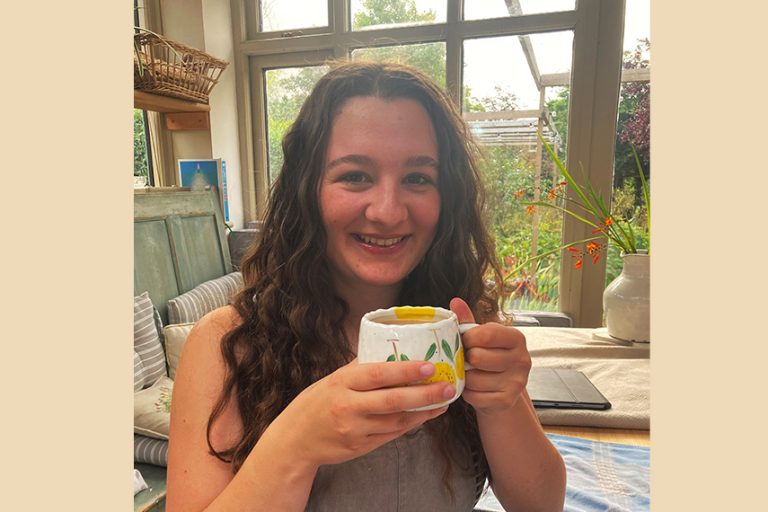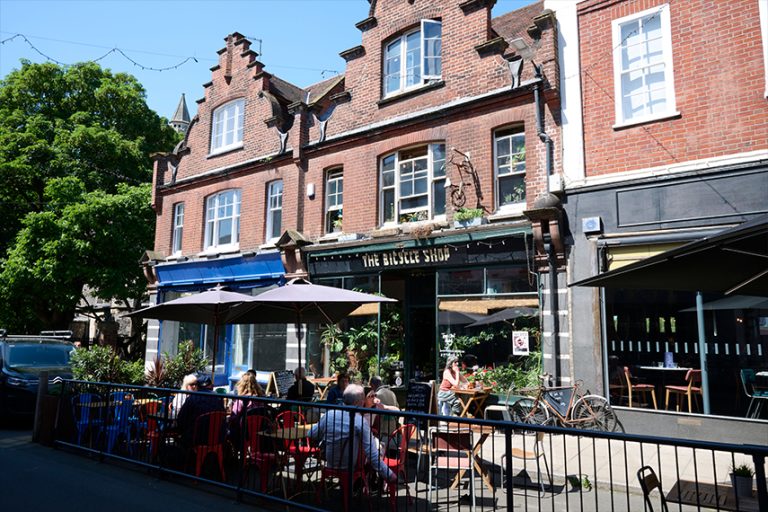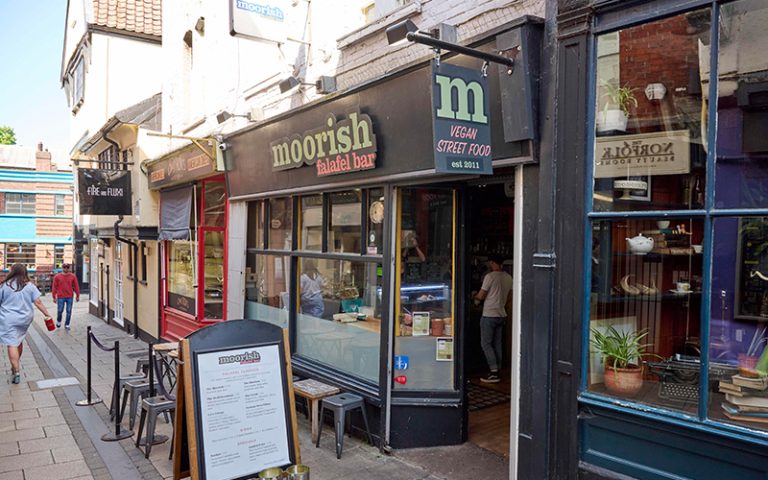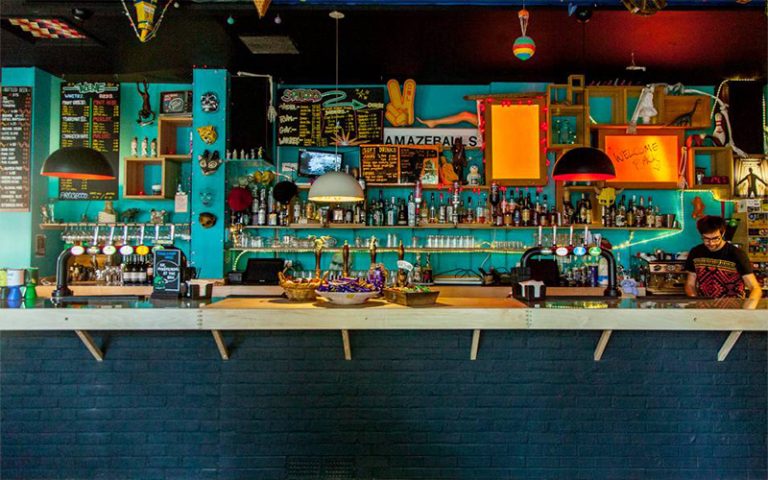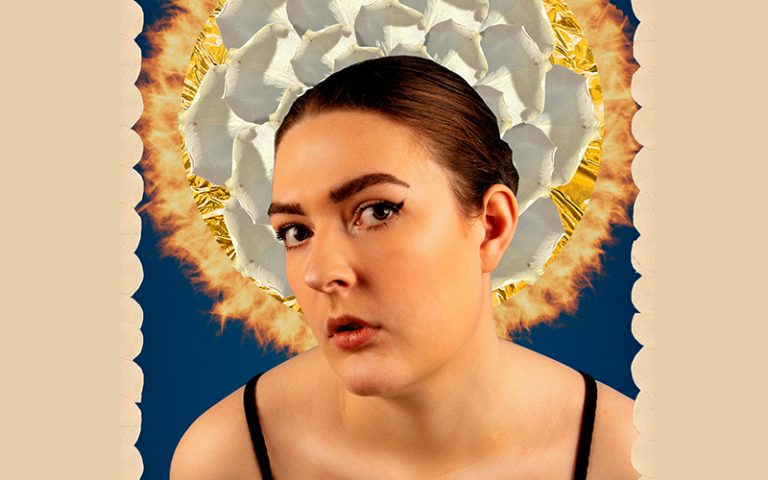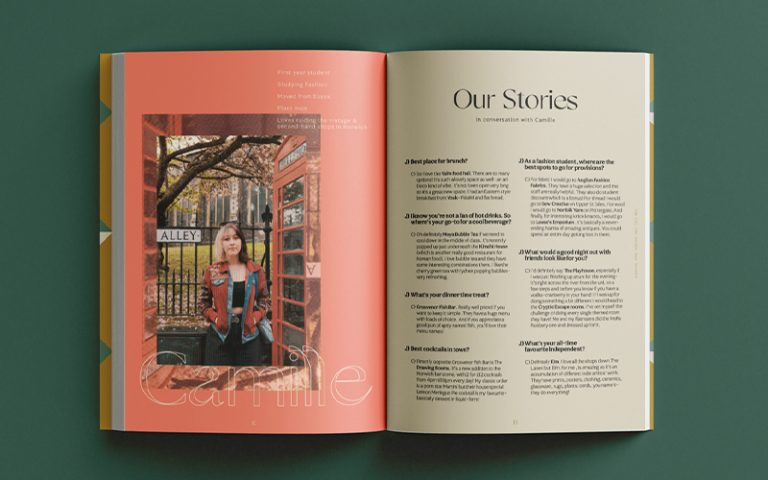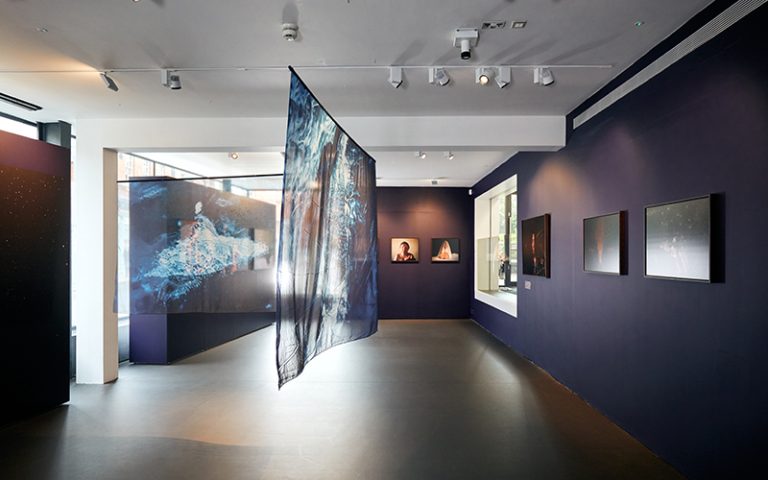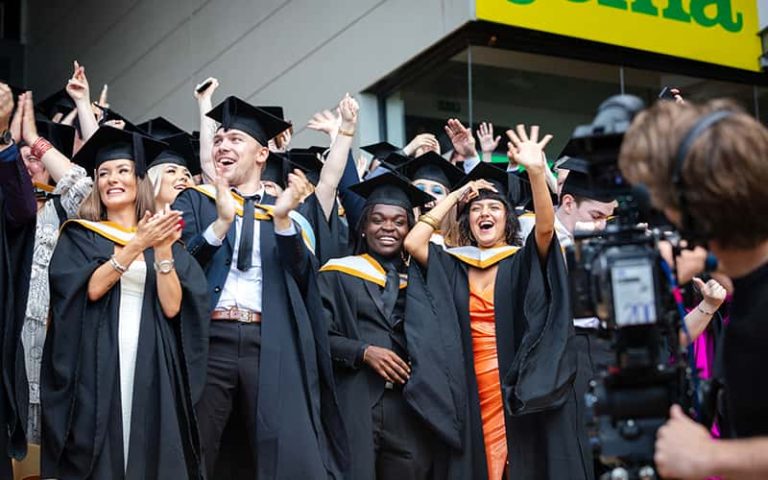Turning memories into 3D landscapes
In this blog, BA (Hons) Photography student Jason Stirland takes us behind the scenes of his third-year project, exploring nostalgia and memory through site mapping and 3D media.
In this blog, BA (Hons) Photography student Jason Stirland takes us behind the scenes of his third-year project, exploring nostalgia and memory through site mapping and 3D media.
Jason talks to us about his interest in creative technology, his process and how he is pushing the boundaries of approaching photography.
During the lockdown in 2020, I started to develop a deeper understanding of what photography is and what it could be, instead of looking at photography as needing a physical camera.
I started to explore other media and software such as Blender, which gave me a basic idea of how to work within a 3D environment, allowing me to combine my passion of photography with my love for technology.
I initially started looking at memories and nostalgia; however, having looked back at my childhood memories and videos, there was a lack of connection with the place it was filmed. This inspired me to use site mapping as I wanted to be able to revisit the places that had existed at the time of filming, as there was always a feeling of disconnection to the place that had been shown in the film.
Using this combination of photography and technology, I’m now able to look back at my childhood memories and become more connected to a place than ever before.
“During the lockdown in 2020, I started to develop a deeper understanding of what photography is and what it could be, instead of looking at photography as needing a physical camera. ”
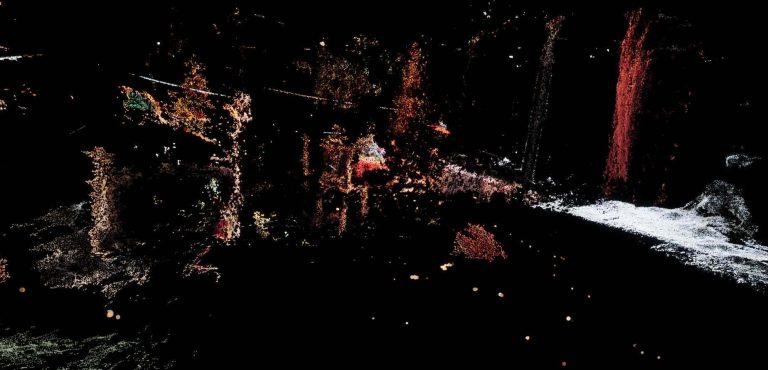
Centre Parks 1999
My creative influences mostly come from places that aren’t necessarily classed as photography, such as William Turner’s paintings. The way in which Turner uses tones and colour to bring emotions to the viewer is exceptional, and I’d like to be able to try and do this in my own work using different methods.
When researching programmes for 3D work, I managed to find a technique called photogrammetry: this is a process where you take photos around an object with multiple views and combine them in 3D modelling software such as Meshroom. I then use a game engine called Unreal engine to help with the design and animation of the work to bring it to life.
In my more recent work, I’ve been revisiting places that I remember from my childhood but also from present memories from the everyday: using LiDAR technology to create 3D environments from locations such as our university building East Garth, where I spend a lot of time working on images and prints.
“Using this combination of photography and technology, I’m now able to look back at my childhood memories and become more connected to a place than ever before.”
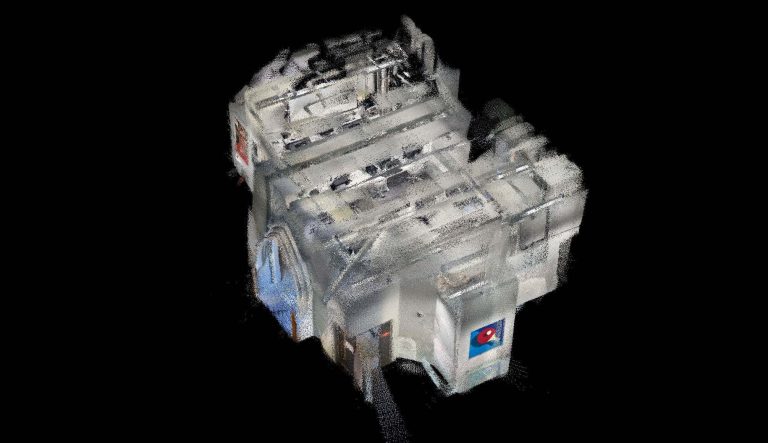
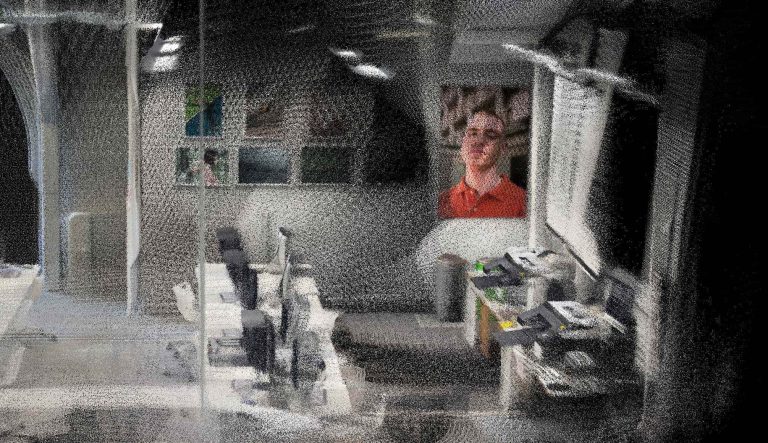
As my project continues to develop and I gain a better understanding of the process of how to create the images, I will start to look at how I want to present my work for the graduate exhibition. For this, I’m working towards using VR (virtual reality) headsets to allow for a fully immersive experience.
Creative technology will always continue to have an impact on photography, just as film photography moved to digital etc. I think we are slowly starting to see this with other media, such as CGI (Computer Generated Imagery), which has started to create a voice for itself within the photographic industry.
You can follow Jason’s project on his channels:
Instagram: @Stirland_Photography
Explore BA (Hons) Photography